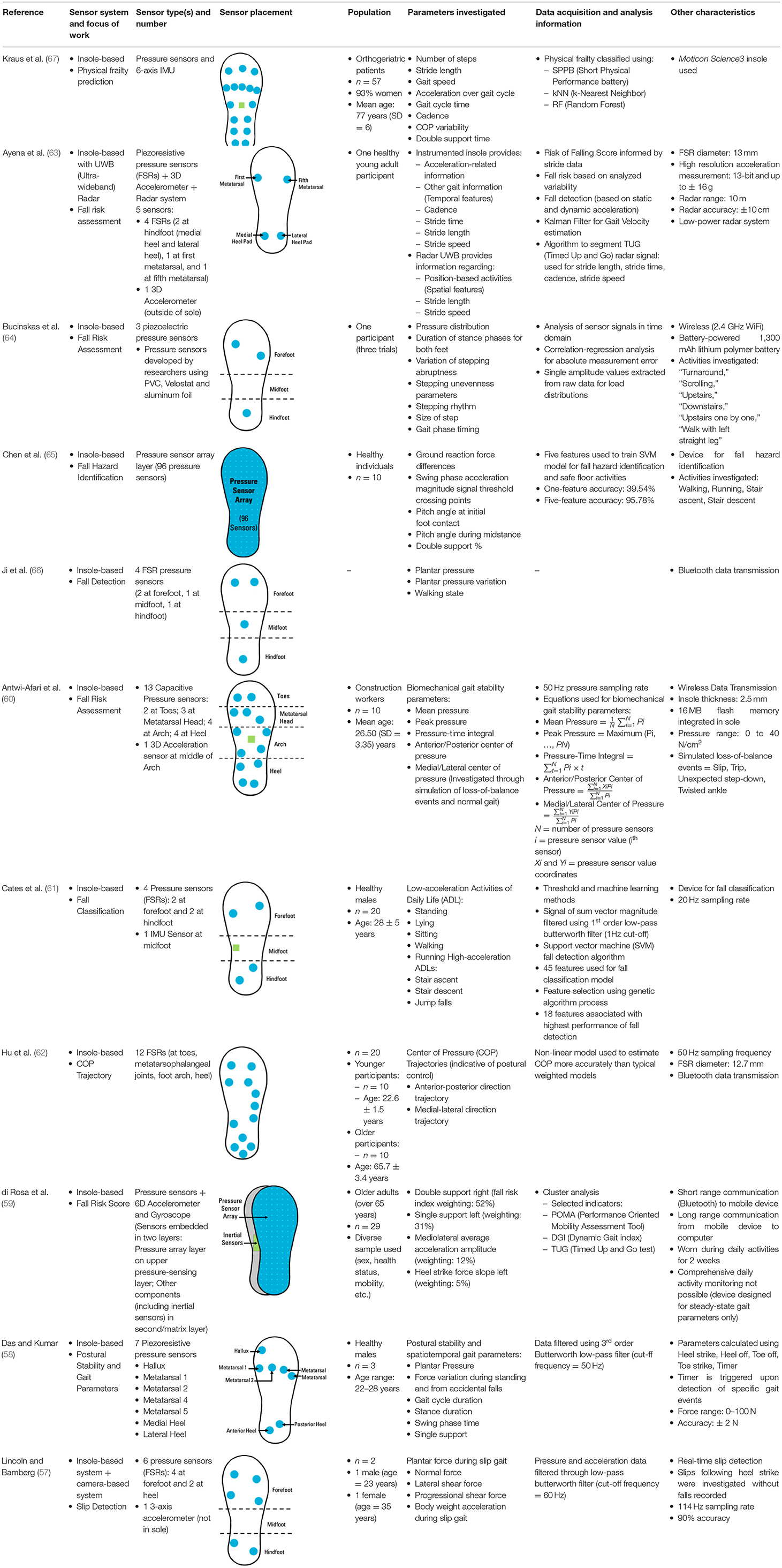Get This Report on Dementia Fall Risk
Get This Report on Dementia Fall Risk
Blog Article
Things about Dementia Fall Risk
Table of ContentsDementia Fall Risk for BeginnersDementia Fall Risk for DummiesExamine This Report about Dementia Fall RiskDementia Fall Risk for Dummies
An autumn danger analysis checks to see exactly how likely it is that you will drop. It is mostly done for older adults. The assessment generally consists of: This includes a collection of inquiries about your overall health and if you have actually had previous falls or problems with equilibrium, standing, and/or strolling. These tools check your toughness, equilibrium, and stride (the means you walk).STEADI includes screening, examining, and treatment. Interventions are recommendations that might lower your risk of falling. STEADI consists of three steps: you for your threat of succumbing to your threat aspects that can be boosted to attempt to avoid falls (for instance, equilibrium problems, impaired vision) to lower your risk of falling by using efficient strategies (as an example, providing education and learning and sources), you may be asked several concerns consisting of: Have you dropped in the past year? Do you feel unstable when standing or walking? Are you stressed about falling?, your company will evaluate your strength, equilibrium, and stride, utilizing the complying with autumn evaluation tools: This examination checks your gait.
If it takes you 12 seconds or even more, it might imply you are at higher danger for a fall. This test checks toughness and equilibrium.
Move one foot midway onward, so the instep is touching the big toe of your other foot. Relocate one foot totally in front of the other, so the toes are touching the heel of your other foot.
Facts About Dementia Fall Risk Revealed
Many falls occur as a result of numerous adding elements; for that reason, handling the danger of falling starts with recognizing the variables that add to drop risk - Dementia Fall Risk. Some of the most pertinent threat variables consist of: Background of previous fallsChronic medical conditionsAcute illnessImpaired stride and equilibrium, reduced extremity weaknessCognitive impairmentChanges in visionCertain risky medicines and polypharmacyEnvironmental aspects can likewise enhance the danger for falls, including: Inadequate lightingUneven or damaged flooringWet or slippery floorsMissing or harmed hand rails and get hold of barsDamaged or incorrectly fitted devices, such as beds, wheelchairs, or walkersImproper use of assistive devicesInadequate guidance of individuals staying in the NF, consisting of those who exhibit hostile behaviorsA successful fall threat management program calls for a complete scientific assessment, with input from all members of the interdisciplinary team

The care strategy ought to additionally include treatments that are system-based, such as those that promote a secure environment (proper lighting, hand rails, get bars, and so on). The performance of the interventions need to be reviewed regularly, and the care plan revised as needed to show adjustments in the fall threat analysis. Applying an autumn threat management system making use of evidence-based best technique can lower the occurrence of drops in the NF, while restricting the potential for fall-related injuries.
What Does Dementia Fall Risk Do?
The AGS/BGS standard suggests evaluating all grownups aged 65 years and older for autumn risk annually. This testing contains asking people whether they have actually dropped 2 or even visit this site more times in the previous year or looked for clinical focus for a loss, or, if they have not fallen, whether they feel unstable when strolling.
Individuals that have actually dropped when without injury should have their equilibrium and gait assessed; those with stride or equilibrium abnormalities ought to receive extra analysis. A background of 1 loss without injury and without stride or equilibrium issues does not call for additional analysis beyond continued annual loss risk screening. Dementia Fall Risk. A loss danger analysis is called for as part of the Welcome to Medicare assessment

The Single Strategy To Use For Dementia Fall Risk
Recording a drops history is one of the high quality indications for fall prevention and monitoring. copyright medications in particular are independent predictors of drops.
Postural hypotension can often be relieved by lowering the dose of blood pressurelowering medicines and/or stopping medications that have orthostatic hypotension as a negative effects. Use above-the-knee support hose pipe and resting with the head of the bed raised may likewise reduce postural decreases in blood pressure. The advisable aspects of a fall-focused physical exam are received Box 1.

A yank time above or equal to 12 seconds recommends high autumn danger. The visit here 30-Second Chair Stand test evaluates lower extremity strength and equilibrium. Being incapable to stand from a chair of knee elevation without making use of one's arms suggests raised loss threat. The 4-Stage Balance examination examines static equilibrium by having the client stand in 4 placements, each progressively more difficult.
Report this page